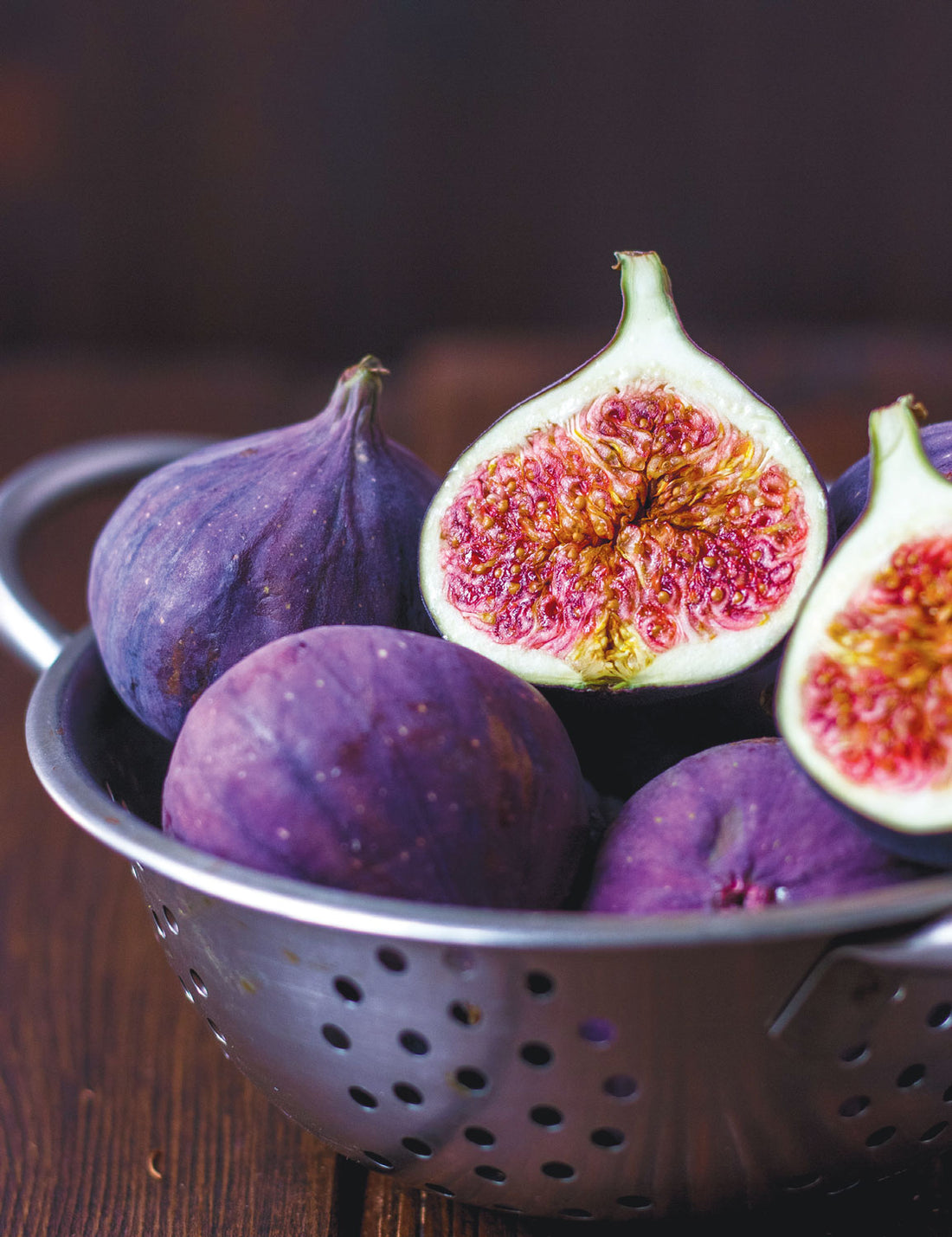Are Fig Tree Leaves Toxic to Dogs?
Fig trees (Ficus carica) are a popular addition to gardens and indoor spaces due to their delicious fruits and lush foliage. However, pet owners often worry about the safety of fig tree leaves around their furry friends. Unfortunately, fig tree leaves can be toxic to dogs if ingested, and understanding the potential risks and symptoms is crucial for keeping your pet safe.
Start your gardening journey with our Fig Tree Starter Plants to grow your own fruit while ensuring pet safety.
Why Are Fig Tree Leaves Toxic to Dogs?
The leaves of fig trees contain a sap-like substance called ficin, which can irritate the gastrointestinal tract and skin of dogs. This substance is present in the leaves, stems, and even the fruit, though toxicity is more common from the leaves and stems. Dogs that chew or ingest fig tree leaves may experience mild to severe reactions depending on the amount consumed.
Symptoms of Fig Tree Leaf Toxicity in Dogs
- Gastrointestinal Distress: Vomiting, diarrhea, and drooling are common signs.
- Skin Irritation: Direct contact with fig tree sap can cause redness, itching, and rashes on a dog’s skin or mouth.
- Lethargy: Dogs may appear weak or tired after ingesting fig leaves.
- Swelling: In some cases, dogs may develop swelling in the mouth or throat, leading to difficulty breathing.
How to Protect Your Dog from Fig Tree Toxicity
- Keep Fig Trees Out of Reach: Place potted fig trees on high shelves or in fenced-off areas where dogs cannot access them.
- Train Your Dog: Use training techniques to discourage your pet from chewing on plants.
- Choose Pet-Safe Alternatives: If you’re worried about plant toxicity, consider non-toxic fruit trees and houseplants.
- Inspect Your Garden Regularly: Check for fallen leaves or branches that your dog might chew on.
Benefits of Growing Fig Trees
Even though fig tree leaves pose a risk to dogs, the tree itself is an excellent addition to any garden. The Beers Black Fig Tree is particularly known for its sweet fruits, perfect for snacking or making preserves.
Fig trees are easy to care for and thrive in containers or outdoor spaces. For those interested in experimenting, Tissue Culture Fig Tree Starter Plants offer a great way to grow multiple varieties, including favorites like the Chicago Hardy Fig Tree.
What to Do if Your Dog Eats Fig Tree Leaves
- Remove Plant Material: Check your dog’s mouth and remove any remaining plant matter.
- Monitor Symptoms: Watch for vomiting, diarrhea, drooling, or signs of discomfort.
- Contact a Veterinarian: Call your vet or a pet poison control hotline for advice on next steps.
- Provide Fresh Water: Encourage your dog to drink water to flush out toxins.
FAQs About Fig Tree Safety and Dogs
Q: Are all fig tree varieties toxic to dogs?
Yes, all varieties of fig trees, including black mission and brown turkey, contain ficin, which can be toxic to dogs.
Q: Can dogs eat fig fruits safely?
Small amounts of ripe fig fruits are generally safe for dogs, but it’s best to consult your vet before feeding them to your pet.
Q: How can I make my garden dog-friendly?
Consider planting non-toxic trees and plants, such as apple or pear trees, to create a safe environment for your dog.
For fig tree enthusiasts, it’s essential to balance the joy of growing your own fruit with the safety of your pets. Discover a variety of fig trees, including the Fig Tree Starter Plants, in our Fruit Trees Collection. These beautiful trees can be grown responsibly while keeping your four-legged friends out of harm’s way.





